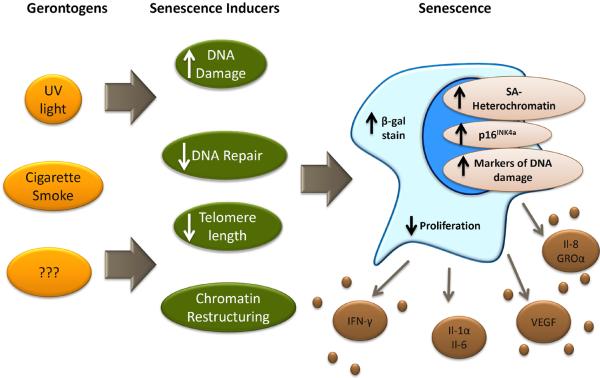Figure 1. Some gerontogens may promote cellular senescence.
Varied external exposures and noxious stimuli (i.e. gerontogens, yellow/orange) may promote aging via the induction of cellular stresses (dark green) that in turn activate the senescence machinery (i.e. p53, p16INK4a and other anti-proliferative checkpoints). Senescent cells may express some a combination of the indicated biomarkers (e.g. senescence-associated cytokines, short telomeres, p16INK4a expression) allowing for their in vivo detection and quantification. Importantly, it is also likely that some gerontogens promote aging in a senescence-independent manner. Abbreviations: UV, ultraviolet light; β-gal stain, β-galactosidase stain; SA, senescence associated; IFN-γ, interferon γ; IL-1α, interleukin 1α; IL-6, interleukin 6; VEGF, Vascular endothelial growth factor; IL-8, interleukin 8; GROα, growth-related oncogene α

